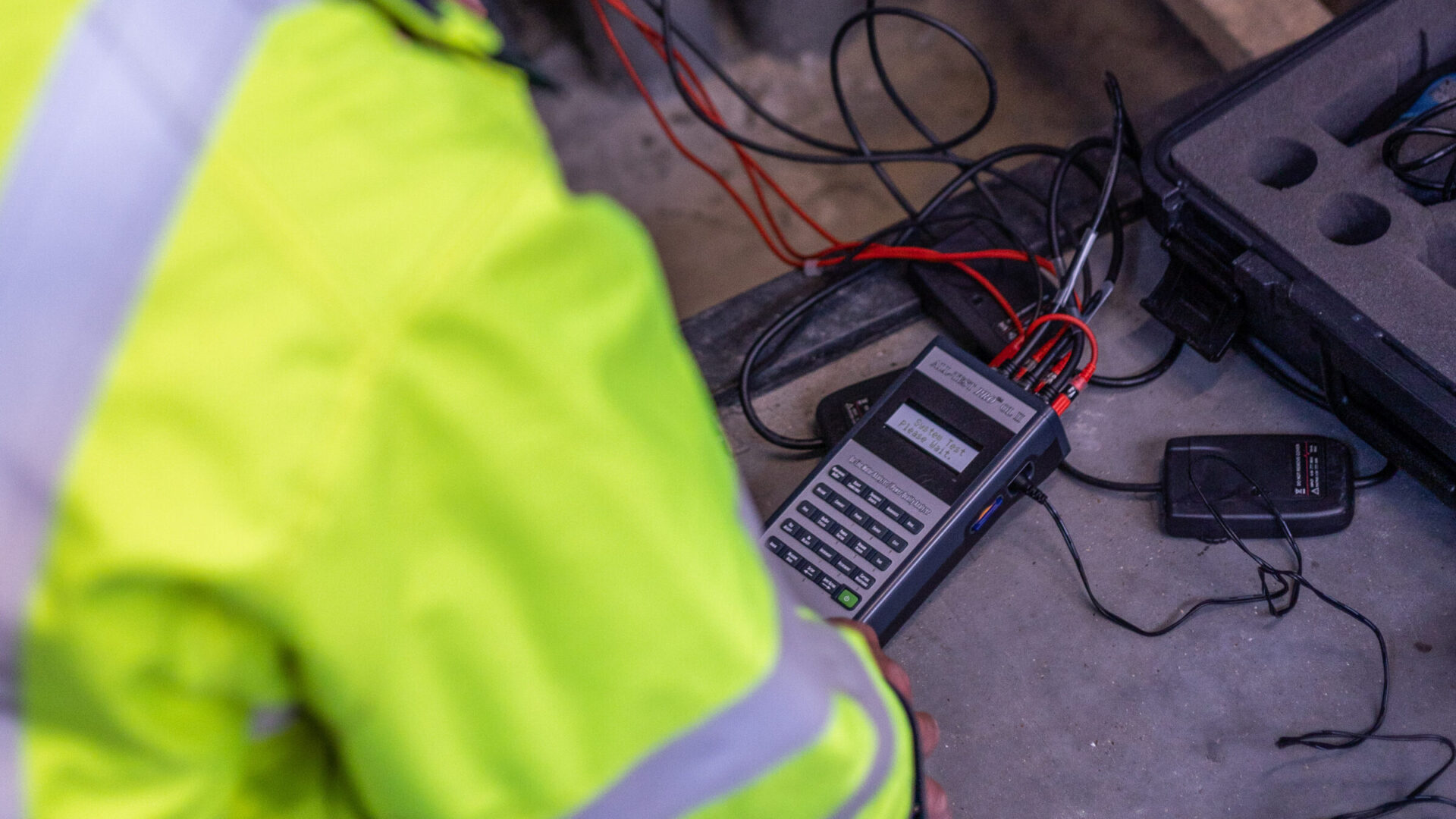What is a Power Quality Analysis?
In an ideal 3-phase power system, the voltages of nominal value and frequency are balanced and have a perfect sinusoidal waveform. With equal load, the zero current is also zero amps.
Any disturbance in any of the parameters (magnitude, frequency, waveform, dips, or symmetry) is classified as a Power Quality problem. Using Power Quality Analysis, these imperfections can be identified.
Why Power Quality Analysis research?
Power quality problems are a major cause of unplanned downtime, equipment failures and equipment breakdowns. Unexplained failures or problems in the electrical system are often a result of poor voltage and current quality.
The purpose of Power Quality Analysis is to use a power-quality analyser to analyse the quality of the supply network and currents. The measured deviations are usually generated in the own installation(s) by all kinds of equipment and create a percentage of reactive currents, which produces undesired results. In addition, depending on the grid, this current can influence the voltage. This voltage, in turn, is offered to the equipment, which has a very negative impact on service life, productivity and reliability.
Performing a Power Quality Analysis study on a periodic basis helps to increase the reliability, quality, availability and safety of production installations.
What are common Power Quality problems?
- Flickering / flashing lights
- Transformer issues such as extra noise production, extra heating or premature failure
- Overheating of the neutral conductor in panels and distribution devices
- Faulty circuit boards in VSDs, PLCs, industrial PCs
- Early motor failures
- Unexpected tripping of protective devices, equipment and other electrical equipment
- Poor network communication

